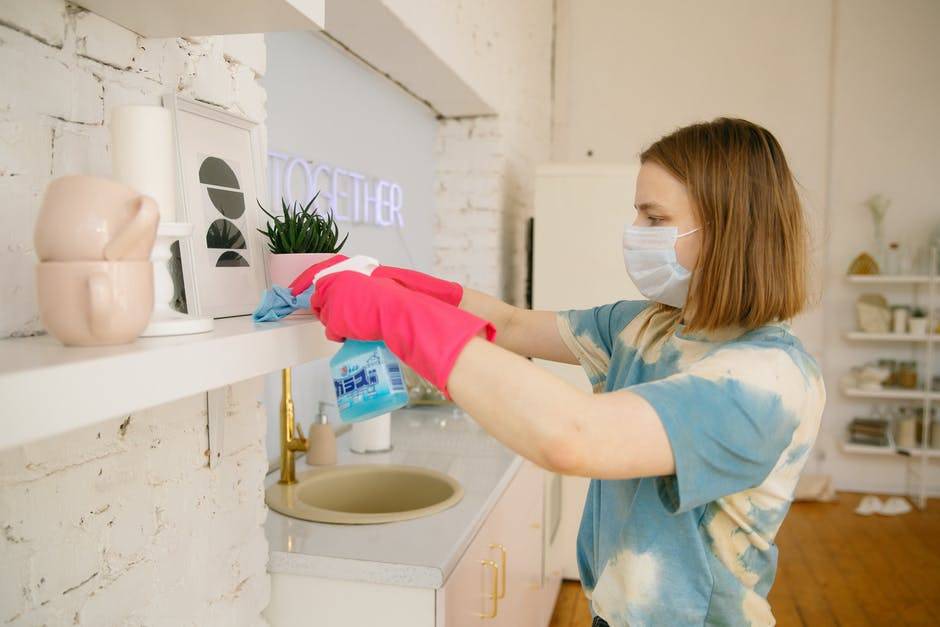Did you know that the cleaning market is expected to account for $340 billion by the year 2030?
People are more aware than ever that regular cleaning is vital to their health and wellbeing. If you’re anything like most people, you’ve at least looked up a few sanitization tips in the past couple of years.
But what’s less known is the exact difference between sanitization vs disinfection. Which tool is right for which jobs?
Keep reading to learn the main differences between these cleaning processes.
What Is Sanitization?
Sanitizing is a process that uses chemicals to eliminate bacteria present on a surface area. The Environmental Protection Agency (EPA) regulates the kinds of products that are effective sanitizers, and it even keeps a registry of these products!
Note that although hand sanitizers are also manufactured for this purpose, they are not regulated by the EPA. Since hand sanitizers by definition must be body-safe, they are regulated by the Food and Drug Administration (FDA).
Also know that the sanitization process is only intended to eliminate most bacteria, not viruses.
What Is Disinfection?
Disinfecting, on the other hand, has the express purpose of killing as many germs as possible. These include both bacteria and viruses.
Most commercial disinfectants are tested on hard surfaces with specific use instructions. Whenever you use a new disinfectant, read the instructions. Make sure you know where you can apply the product and how long you should leave it on the surface to maximize its disinfecting potential.
What About Cleaning and Sterilization?
Cleaning and sterilization are totally separate processes from sanitization and disinfection.
Cleaning refers to removing dust and dirt from surfaces. It does not get rid of germs in your environment.
That doesn’t mean you shouldn’t bother with cleaning at all. In fact, starting by cleaning with soap and water will make your follow-up sanitizing or disinfecting even more effective. Just don’t expect cleaning to eliminate germs in your home.
Sterilization is a completely separate process and is probably what you think of as laboratory disinfection. This process involves completely eliminating any forms of microscopic life in an environment. It requires specialized equipment and processes, and outside of a lab or medical setting, probably isn’t necessary.
When to Use Sanitization vs Disinfection: Explained
As you can see, sanitization and disinfection have completely different purposes. Use them at different times in your home and for different reasons.
Sanitizers tend to be less harsh than disinfectants. This makes them ideal for cleaning most areas of your home. They’re also great for kids’ areas and kitchen items, as long as you use body-safe sanitizers.
Disinfectants should be used on surfaces that have a high likelihood of contamination. Bathrooms and high-use doorknobs should be sanitized regularly. If you need to clean bodily fluids or care for some who is sick, use a sanitizer.
In schools and daycare centers, you may need to sanitize more regularly than you would in a single-family home.
Use the Right Tool for the Right Job
Now you know the key differences between sanitization vs disinfection. Because of their different rates of eliminating bacteria and viruses, they are best used in different settings. For most home settings, sanitization will be best, with disinfection reserved for high-touch and very germy areas.
Interested in more of the latest health and lifestyle news? Check out the other articles on our site for more!
